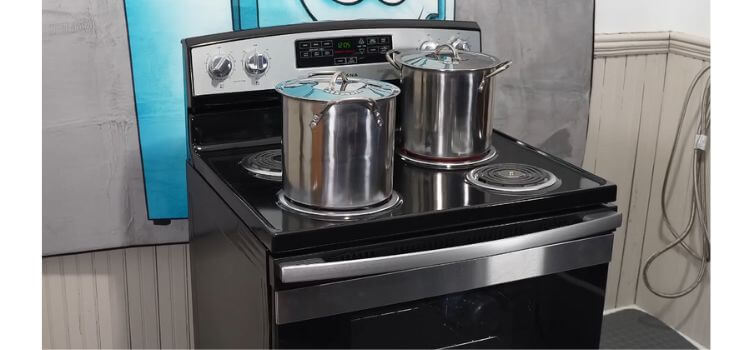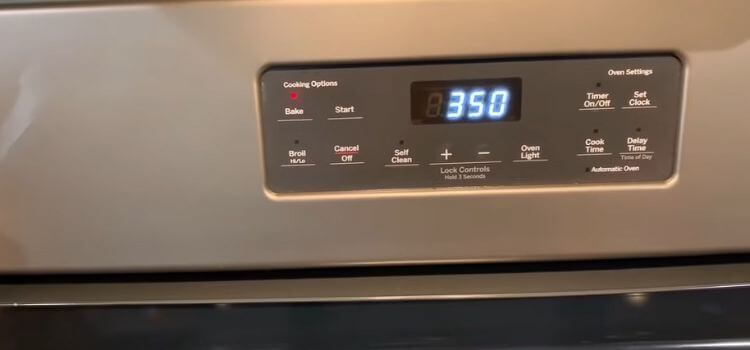Seasoning a wok is an essential step in ensuring that your cooking experience is top-notch. A well-seasoned wok enhances the flavor of your dishes, creates a non-stick surface, and extends the longevity of the cookware.
While many might think that seasoning a wok is only possible on a gas stove, it’s entirely feasible to do so on an electric stove as well. Here’s a comprehensive guide on how to season a wok on an electric stove.
Materials Needed
Before you start, gather the following materials:
- Wok: Preferably carbon steel or cast iron.
- Oil with a high smoke point: Such as flaxseed oil, canola oil, or grapeseed oil.
- Paper towels: For applying and spreading the oil.
- Stove: An electric stove with adjustable heat settings.
- Cleaning brush or sponge: For initial cleaning of the wok.
Each of these materials plays a crucial role in the seasoning process. The right oil ensures a durable coating, while paper towels help in evenly spreading the oil. A clean wok is essential to start with, ensuring no factory residues interfere with the seasoning.
Step-by-Step Guide to Seasoning a Wok on an Electric Stove
Step 1: Cleaning the Wok

Start by thoroughly cleaning your new wok to remove any factory coating or residue. Use warm water and a mild soap with a cleaning brush or sponge. Scrub the entire surface of the wok, paying close attention to any corners or crevices. Thoroughly rinse and fully dry with a towel. This step is crucial to remove any chemicals or protective coatings that could affect the seasoning process.
Step 2: Preparing the Wok
Once the wok is clean, it’s essential to dry it thoroughly. Any moisture left on the wok can cause rust and interfere with the seasoning process. You can dry the wok by placing it on the stove over low heat for a few minutes until all the water has evaporated.
Step 3: Heating the Wok

Set your electric stove to high heat and place the wok on the burner. Allow the wok to heat up evenly. You’ll notice the color of the wok changing, which is a sign that it’s reaching the right temperature. It’s crucial to heat the entire surface of the wok, including the sides. This process typically requires 10-15 minutes.
Step 4: Applying the Oil
Choose an oil with a high smoke point like flaxseed, canola, or grapeseed oil. These oils can endure high temperatures without degrading. Dip a folded paper towel into the oil and use tongs to spread a thin, even layer over the entire surface of the hot wok. Make sure to cover the bottom and the sides thoroughly.
Step 5: Heating the Oiled Wok
Continue to heat the oiled wok on high heat until the oil starts to smoke. This smoking process is essential as it polymerizes the oil, forming a non-stick layer. Make sure your kitchen is properly ventilated by activating the exhaust fan or opening windows.
Once the oil starts smoking, allow it to burn off for about 10-15 minutes, then turn off the heat and let the wok cool slightly.
Step 6: Repeating the Process
For a durable and effective non-stick surface, it’s necessary to repeat the oiling and heating process 3-4 times. Each layer builds up the seasoning, creating a robust and slick surface. After the wok has cooled slightly from the previous step, apply another thin layer of oil and heat it again until smoking. Replay this procedure, ensuring the wok cools down between each use.
Step 7: Final Cooling and Storage
After the final heating, let the wok cool completely. Once cooled, it’s ready for use. Store your seasoned wok in a dry place to prevent rusting. To maintain the seasoning, avoid using harsh detergents when cleaning the wok. Instead, use warm water and a soft sponge, and always dry it thoroughly after washing.
Troubleshooting Tips
Sometimes, despite best efforts, issues may arise during the seasoning process. Common problems and solutions:
- Uneven Seasoning: If you notice uneven patches, it might be due to uneven heating. Ensure the wok is heated evenly by moving it around on the burner.
- Rust Spots: If rust appears, scrub the affected area with a brush, re-clean, and re-season.
- Sticky Residue: This can occur if too much oil was used. Clean the wok and start the seasoning process again with a thinner layer of oil.
FAQs about Seasoning a Wok on an Electric Stove
Can I season a non-stick wok on an electric stove?
No, non-stick woks do not require seasoning as they already have a non-stick coating. Seasoning is specifically for carbon steel or cast iron woks, which benefit from the process by developing a natural, non-stick surface over time.
What type of oil is best for seasoning a wok?
Oils with a high smoke point are ideal for seasoning a wok. Flaxseed oil, canola oil, and grapeseed oil are all excellent choices. These oils can withstand high temperatures without breaking down, ensuring a durable and effective seasoning layer.
How often should I season my wok?
Initially, you should season your wok 3-4 times to build a strong foundation. After that, regular use and occasional maintenance seasoning will help maintain the non-stick surface. If you notice the wok losing its seasoning or becoming sticky, it’s time to re-season it.
Can I use soap to clean my seasoned wok?
It’s best to avoid using soap on a seasoned wok, as it can strip away the seasoning. Instead, use warm water and a soft sponge to clean the wok. If food is stuck, you can use a soft brush to remove it. Always dry the wok thoroughly after cleaning to prevent rust.
Why is my wok smoking excessively during seasoning?
Smoking is a normal part of the seasoning process as the oil burns off and forms a polymerized layer. However, if the smoke is excessive, it might be due to using too much oil. Apply a thin, even layer of oil and ensure your kitchen is well-ventilated during the process.
Conclusion
A well-seasoned wok is a valuable tool in the kitchen, offering enhanced flavors and a non-stick surface. Seasoning a wok on an electric stove might take a bit more patience, but the results are well worth it. Use your wok regularly to maintain the seasoning and enjoy the benefits of your efforts in every meal.


